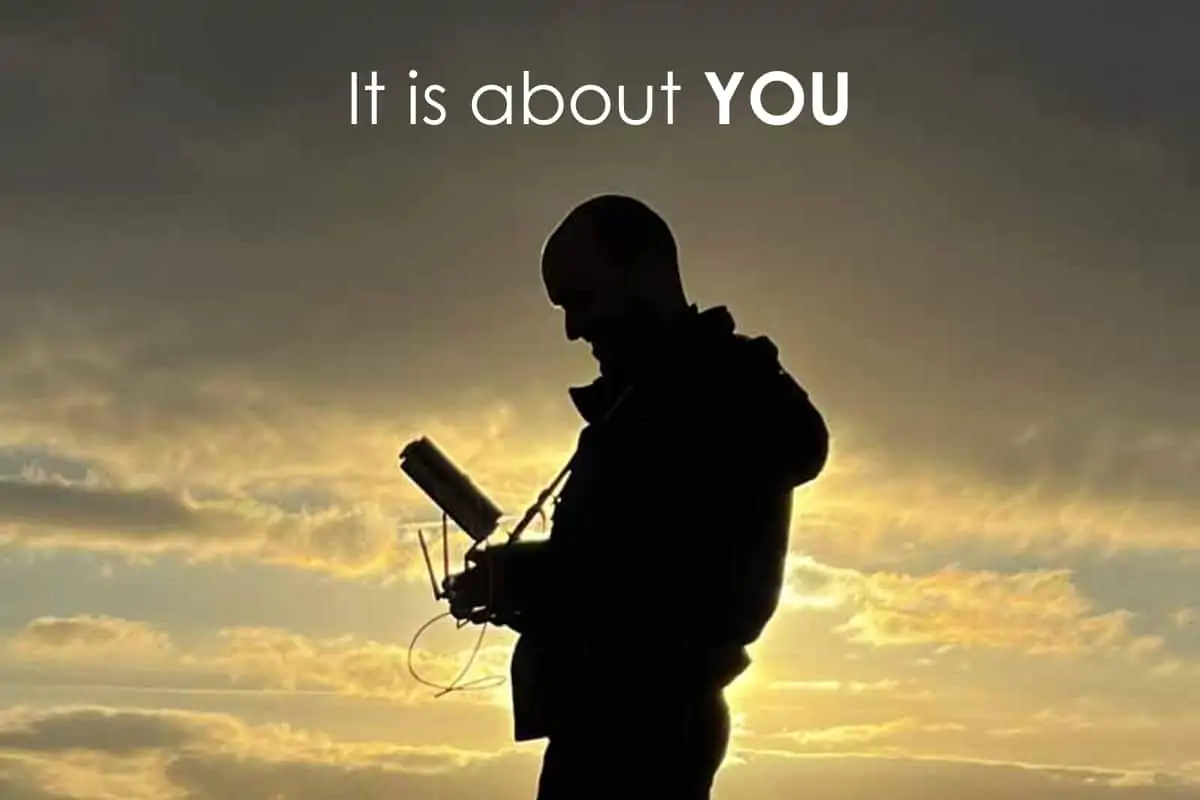
- 06.10.20
From 1 January 2021, the European Union, and all other countries that are members of the European Aviation Safety Agency, which includes the UK, are introducing new rules about drones.
Please don’t worry that the new rules will compromise your ability to fly your drone where you want to, in the way you want to.
We have read a lot of scaremongering about the new rules “hurting drone flying”. Rubbish! The rules are entirely aimed at enabling people to fly drones more easily, in more places, with less red tape.
For the majority of Drone Enthusiasts, Everything Stays the Same
If you currently fly your drone for fun, well away from people, in the countryside, no more than 400ft from the ground and in line of sight, literally nothing changes.
The good news is that the new rules include changes that make things much better for dronies:
- Buildings. You no longer need to worry about buildings, even if they have people in them. You can fly as close as you like, and directly over them. Awesome
- People. If you have a lightweight drone, e.g. a DJI Mavic Mini or DJI Mavic Air, from 1 January 2021 you will be able to fly very close to, but not directly overhead, uninvolved people. Great
- Flying Commercially. The headline is that from 1 January 2021, anyone will be able to earn money from flying a drone. Without having to get any kind of qualification to do so. There are some twists and turns on this one, especially around insurance, about which, more below. But all the same, Epic!
Changes that make things a bit harder for dronies:
- At the moment, the 50m rule creates a virtual dome over any uninvolved people, buildings, cars or boats. Climb to more than 50m above them, and you can fly straight over them
- From 1 December 2021, for anyone who already owns a drone, (except Mavic Air and Mavic Mini owners, because these weigh less than 500grams), the 50m rule from people ceases to be a dome, and instead becomes a cylinder. In other words, you must stay 50m horizontally away from uninvolved people
- Unless you hold a PfCO, in which case the 50m dome continues to apply, including over congested areas. This is the reason we urge you to renew their PfCO if you have one already, or get one before the end of June, if you don’t.
Drone Registration continues, and becomes harmonised across the European Union. Which is good news for people travelling abroad in Europe with their drone
The New Rules are Good News
- They are well thought out
- They have been carefully planned, having been in the works since 2016
- They will be the same across the whole of the EU and all other countries, including the UK, that tie themselves to the European Aviation Safety Agency
- They more effectively reflect the relative riskiness of drones, which have turned out to be a very safe technology:
- 3,552 people were killed in accidents at work across the EU in 2017
- The highest number die in construction, often due to falling from height
- To date, there have been no reports of fatalities caused by a DJI drone anywhere on Earth, in the last three years
- Hence, replacing people working at height with drones, as much as possible, will save lives.
But we won’t lie to you. There is quite a bit that is changing
A Summary of the Changes
In the past, now, and until end 2020:
- All drones under 7kgs have been treated the same
- There has been a requirement for anyone using a drone commercially to hold a Permission for Commercial Operations (PfCO), which takes around 40 hours of study and costs around £1,000
- Holders of a PfCO have been allowed to fly a drone commercially, and to fly over congested areas
- Other than that, there has been just one set of rules for everyone
From 1 January 2021 there will be:
- Different rules for different weights of drone
- Different rules for existing drones and for new drones coming onto the market
- Different rules during a two-year transition period
- A different focus: entirely on flight near or over people
- The powers that be have come to realise that in a battle between a drone and a building, the building is always going to win. So there are no restrictions on flying close to buildings in future
- Different and additional qualifications (three levels): Registration; A2 Certificate of Competence; General Visual Line of Sight Certificate.
We have spent the last two months speaking to everyone in the sector, including:
- The Bigwigs at the CAA
- The Bosses of the two biggest commercial drone training organisations in the, UK 3iC and Fly Icarus. Since you ask, we think we are at No. 5 in terms of commercial pilots trained, and, crucially, No. 1 in terms of the success rate for people securing their PfCO as a result of our Course (100% for more than 500 PfCO students over four years)
- The Bosses of the two biggest drone insurance companies – a big shout out to our friends at Flock and Moonrock for their help
- DJI’s Head of Policy, Europe
- And with a cold towel wrapped round our heads, and often having to retreat to a darkened room to lie down to recover, we’ve read all of the papers published by EASA, and all of the “explanatory papers” (sometimes less than explanatory in our experience) published by the CAA. 500 pages and counting.
As a result of which, we think we have got to the bottom of what will happen on 1 January 2021. We will be posting much more information about what is happening between now and then. Please treat this as your trusted source. Challenge us if you think we have missed something. We believe we’ve got this right. We want to keep getting it right.
Health Warning:
- We have sat back in sadness and dismay as we have had to watch too many people with too little knowledge publicly get the wrong end of the stick on Twitter, on Facebook, on YouTube, and on the Forums
- We have watched dumbstruck as competitors have described the new rules as “complex”, “negative” and “much harder than the existing system”
- None of this is true
- The transition from a set of rules we had all grown familiar with, to new rules, will require us to drop our old mindset and adopt a new one. But we are convinced this is the best thing that has happened to our sector, ever. And that we will not have to “look back in anger”, but rather can look forwards with excitement to a brave new drone world.



